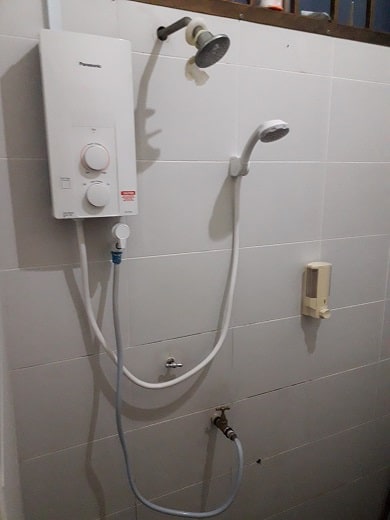Why drink World Most Expensive Coffee Make from Civet’s Poop? It is high time we stopp drinking it. Civet coffee is not harvested in the wild in limited quantities. It is mass produced by animals kept in appalling conditions.
According to folklore, the Indonesian plantation workers discovered the civet coffee. The civet eats the ripest coffee bean, then pass out the undigested coffee bean along with their poop.
The workers picked up the bean, clean, then roasted the excretion . The civets’ digestive systems gave kopi luwak a uniquely rich aroma and smooth, rounded flavor. The Dutch plantation owners become addict to it.
World Most Expensive Coffee Make from Civet’s Poop
In the past 10 years, kopi luwak has won the hearts — and wallets — of global consumers. A cup sells for RM 200.00 in Malaysia. A 70 gram of wild civet coffee is selling at $80.00.
Why such exorbitant prices?
It is claimed that only 500 Kg annually of civet coffee beans been collected from the wild animal. Is that true?
Due to the high price of civet coffee, Asian farmers have jumped on the bandwagon. How many Civet been caged? It is estimated. 50 tons of mass-produced civet coffee from Indonesia, Vietnam, the Philippines and China flood the market every year.
With the mass production , yet the price is still high beyond the reach of an average middle-income earner. We have to thank The Oprah Winfrey Show in 2003 and the myth of its all-natural origins was propagated in a Jack Nicholson–Morgan Freeman scene in the 2007 film The Bucket List.
Happiness at the expenses of Civet Suffering.
Why must we drink civet coffee at the expenses of the solitary confinement of such animal? The civet is caged in a 2 m by 1½ m wide and 2½ m high and for no longer than six months.
Asian palm civet – solitary and territorial by nature — shouldn’t be kept in cages, nor in enclosures. A single civet needs an average of 17 SQ km of territory. It reported that 100 civets kept in a half-hectare coffee farm. It’s kind of a prison camp where they fight each other.
A hazardous drink to our health.
The fungi will contaminate the civet coffee bean if it was ground more than 24 hours. It is better for us to stick to our regular arabica.
Production of Civet Coffee
Collecting the beans in the wild from where a civet would defecate as a means to mark its territory. On farms, civets are either caged or allowed to roam within defined boundaries.
A civet eats the coffee berries for their fruit pulp. After spending a day and a half in the civet’s digestive tract, the beans are then defecated in clumps. Keeping their shape and still covered with some of the fleshy berry’s inner layers.
The clump is covered with feces and pathogenic organisms. The beans contain negligible amounts of the enteric (pathogenic) organisms associated with feces.
The Cherry
A civet cannot completely digest the cherry or endocarp surrounding the bean. After collecting,the farmer does thorough washing and removes the endocarp. Eliminating any remain bacteria by the final roasting of the beans.
http://ho.lazada.com.my/SHOtqL

I have heard of Kopi Luwak before, i have never tried it of course because it’s so expensive. I had no idea about the suffering of the animals and i believe many other people know nothing about this too. Thank you for your very informative post.
You are welcomed. You can try Kopi luwak, but make sure it is not the caged animal.
But the fact is that most Kopi Luwak from Indonesia is using the poop of the caged animal. Other countries I am not sure about it. Beware not to buy the faked product. It tastes different.
[…] Luwak, also known as civet coffee, originates from Indonesia. This unique coffee is made using beans eaten and excreted by the Asian […]